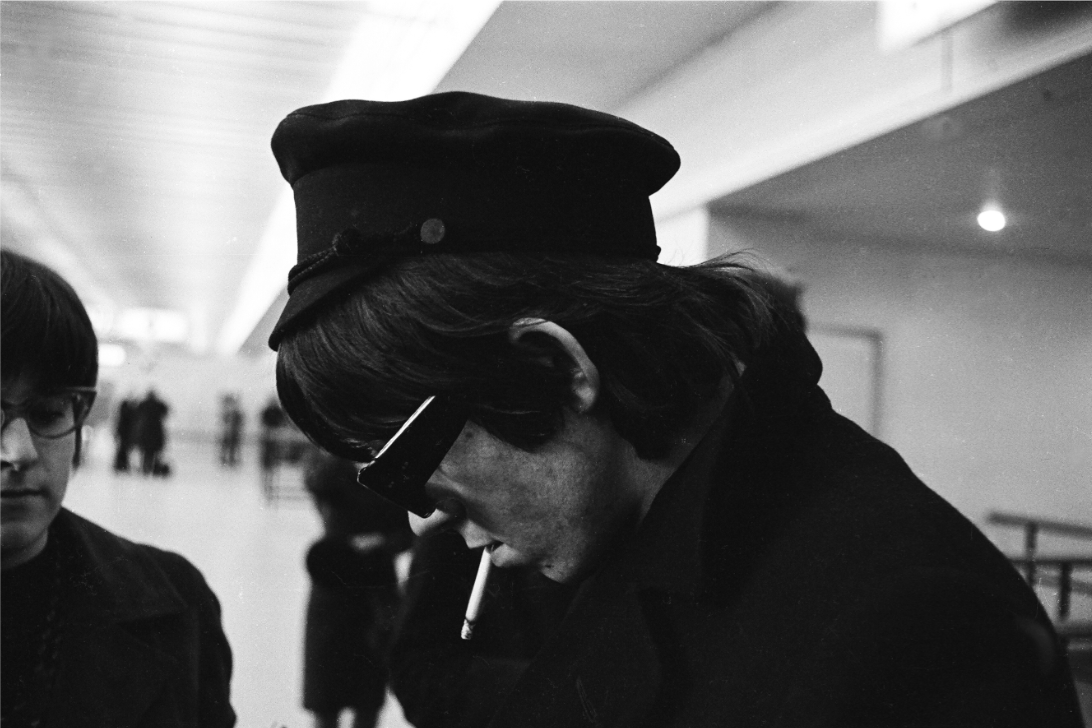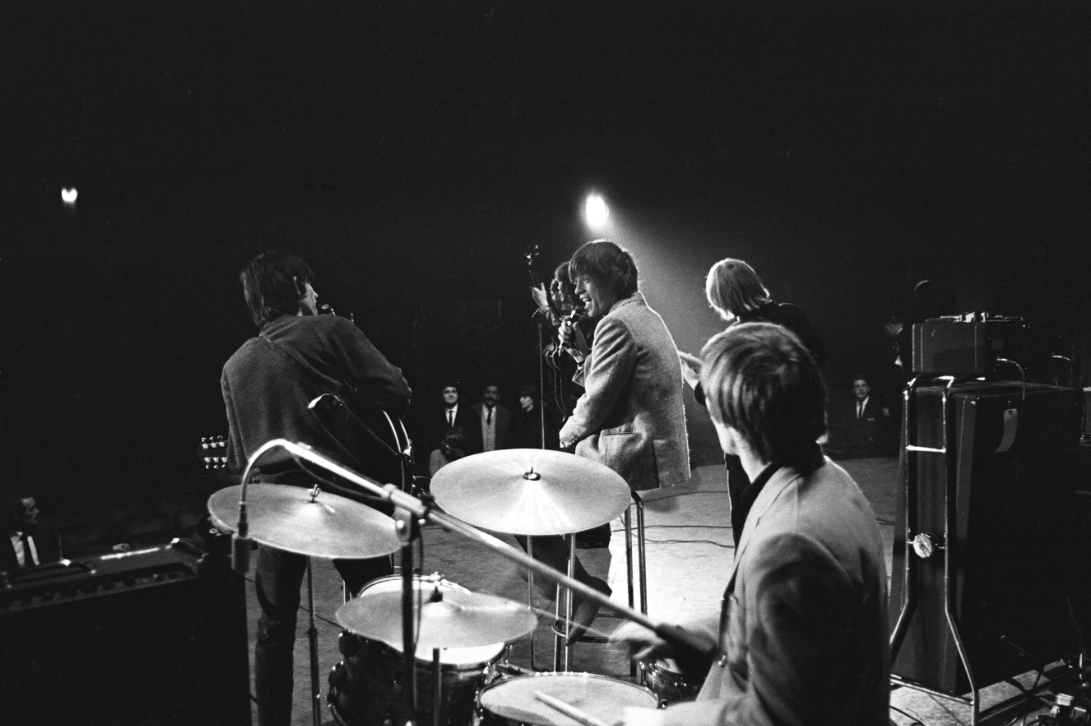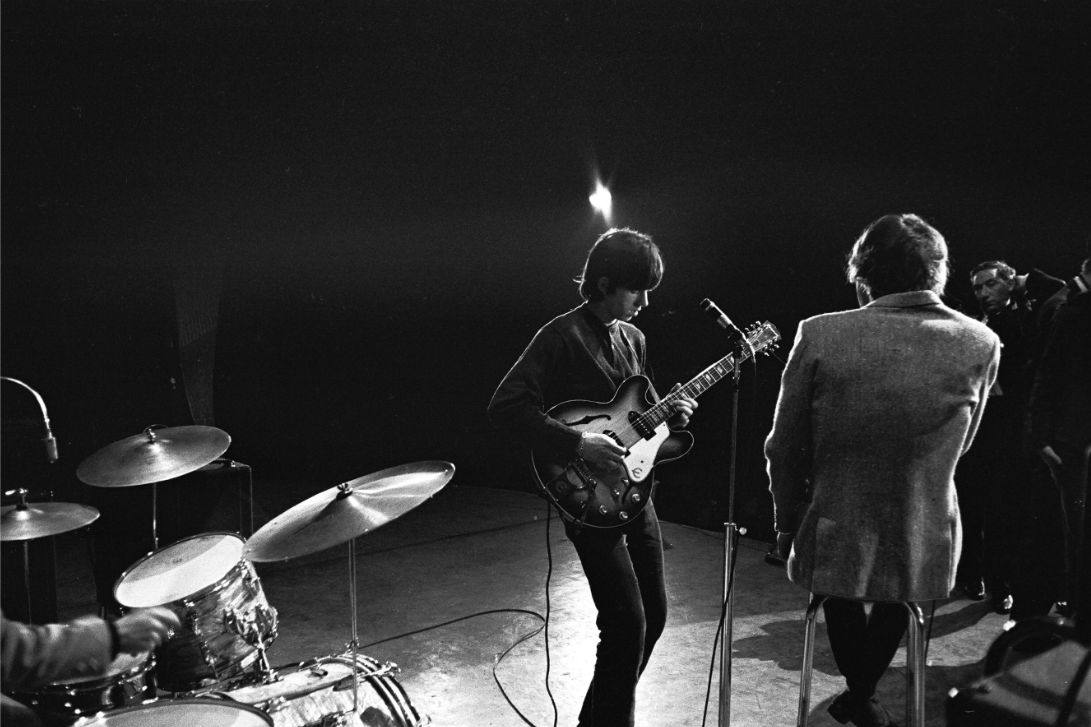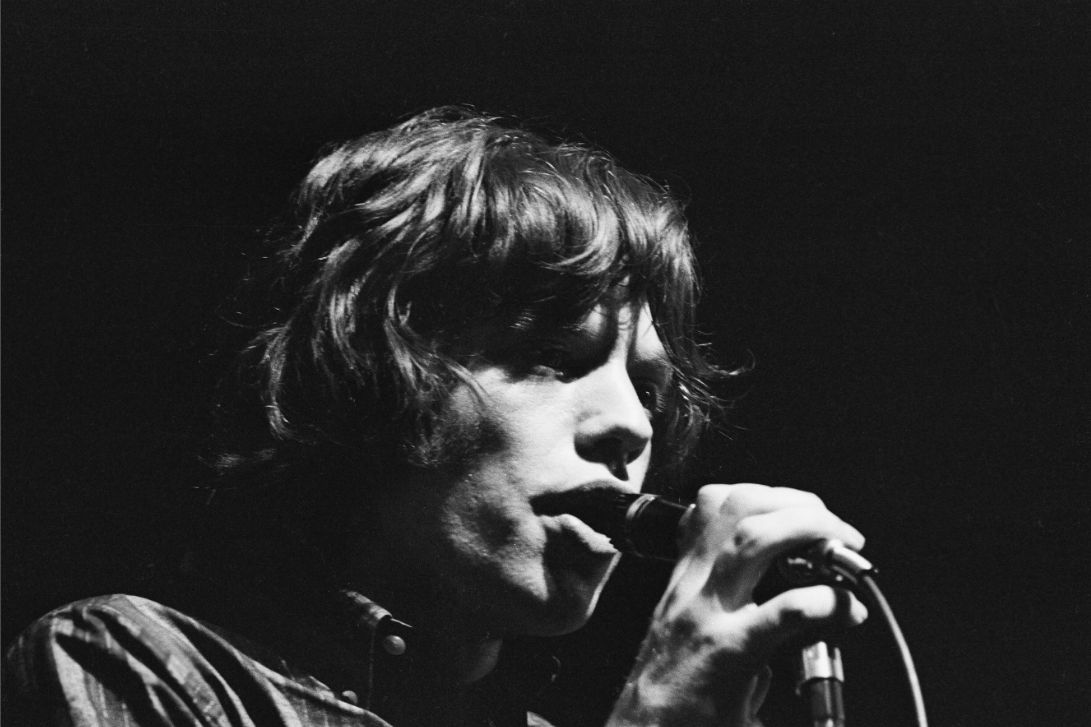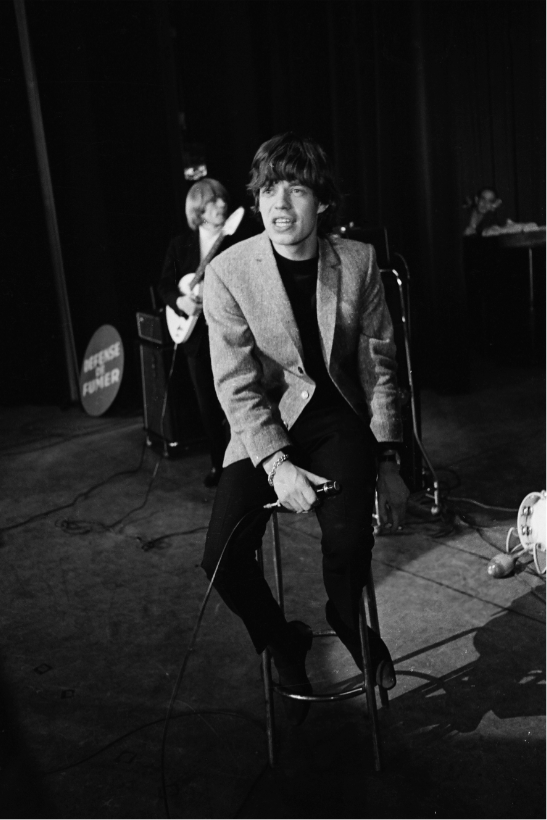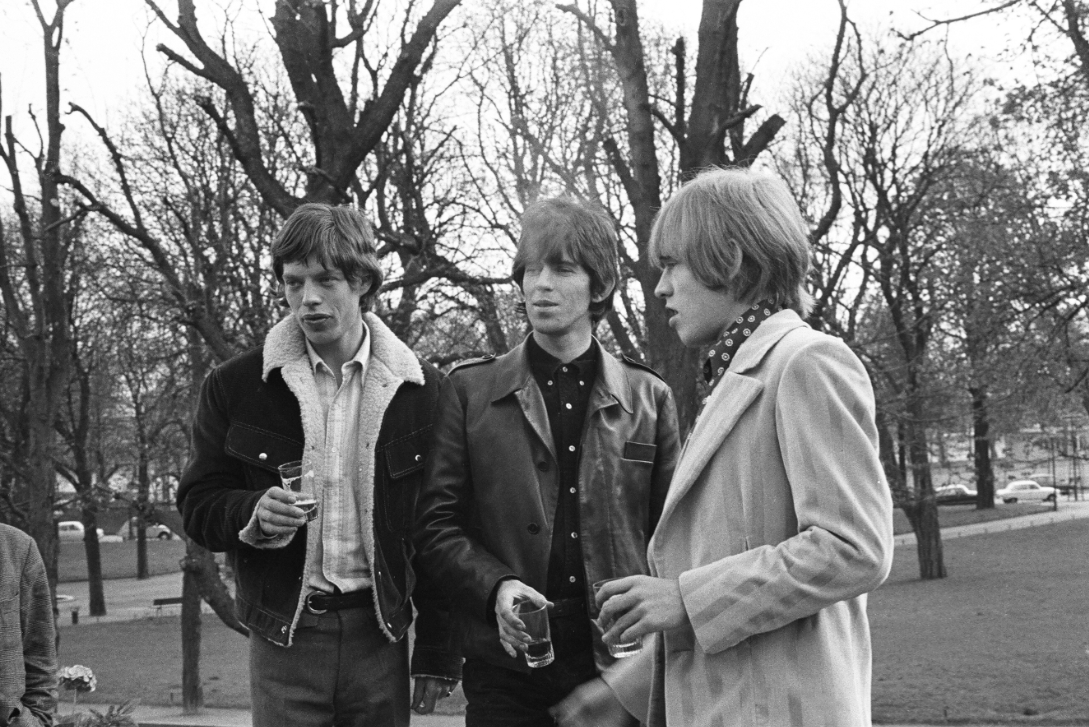What a pleasure to introduce you to French photographer Roger Kasparian.
This is a fabulous body of work featuring previously unseen images from the mid-sixties including The Beatles, The Rolling Stones, The Who, Marianne Faithfull, The Beach Boys, The Kinks, Serge Gainsbourg, Francoise Hardy and more.
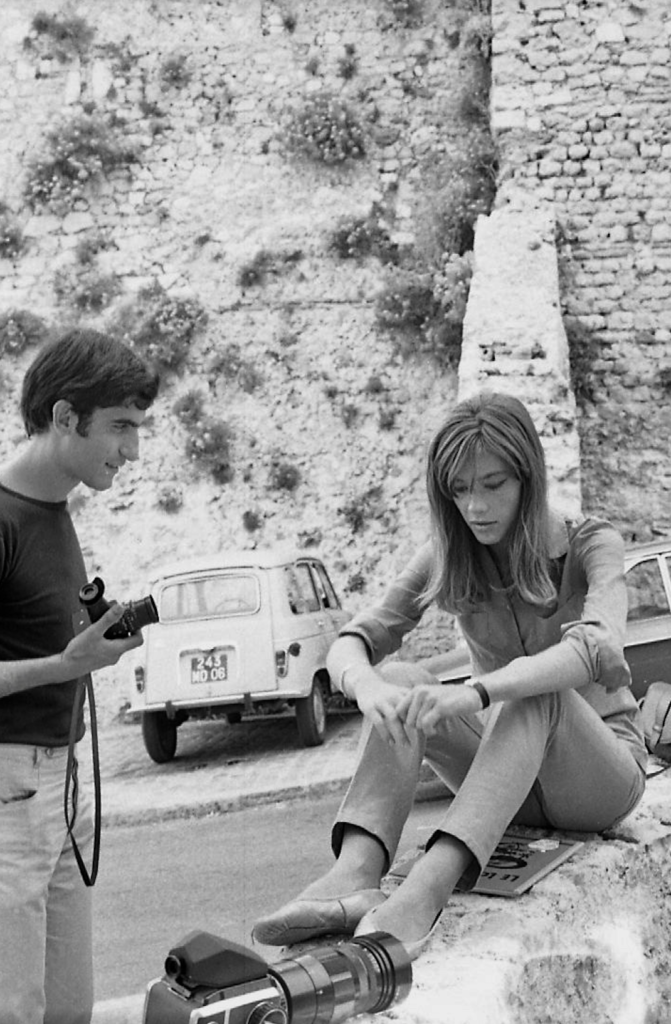
Roger Kasparian on location with Francoise Hardy.
It is a complete treat to be able to introduce you to the work of mid-sixties French photographer Roger Kasparian. Roger’s story is the one you always hope for as a gallery owner: a previously undiscovered archive full of gems from arguably the most important decade in the history of contemporary pop culture, on show for the very first time.
I couldn’t put it better than the Financial Times’s esteemed art critic Jackie Wullschlager, who reviewed the work in the FT and called it “an irresistible evocation of time, place and the fleetingness of youth and fame.”
Who is Roger Kasparian?
Roger was working in Paris at the height of the sixties beat boom, and his subjects included the A-List of sixties pop culture: The Beatles, The Rolling Stones, The Who, Marianne Faithfull, The Beach Boys, Serge Gainsbourg, Francoise Hardy and many more. Then, in 1970, Roger took over his father’s photographic studio, put the showbiz world behind him, and became a typical local photographer. He took pictures of marriages, birthdays and municipal councils while his classic 1960s music archive lay undisturbed – for fifty years.
I am delighted that we are finally able to put Roger’s work under the spotlight it deserves. Unpublished Beatles and Stones pieces are always special, but stand-outs for me are the fabulous shots of The Who, the beautiful Marianne Faithfull close up, and the live portrait of The Beach Boys.
The French press in particular have been going crazy for Roger Kasparian, calling him their Sugarman, in a nod to Rodriguez, and a book and a film are now out about his early work. Crazy stuff.
Scroll down to view the selection of limited edition photographs of The Rolling Stones.
“An irresistible evocation of time, place and the fleetingness of youth and fame.”
Jackie Wullschlager, Financial Times

